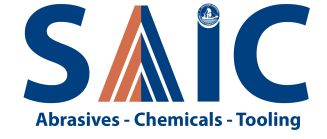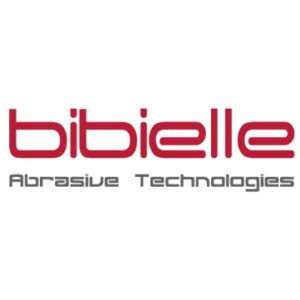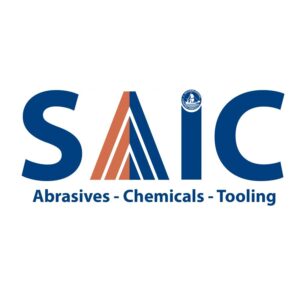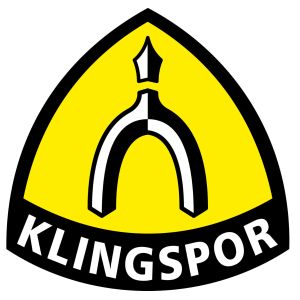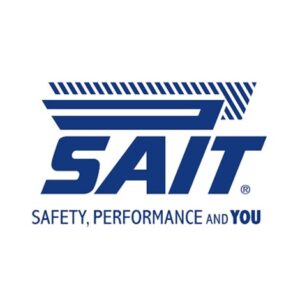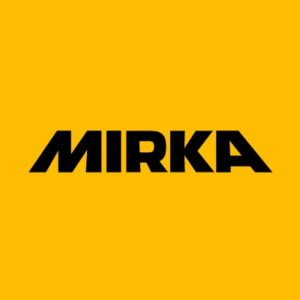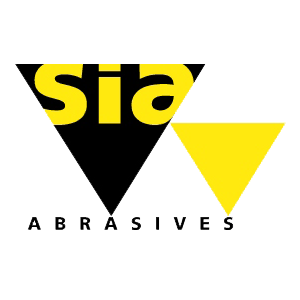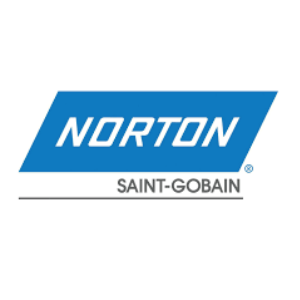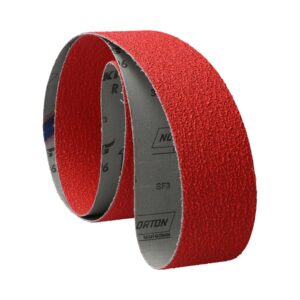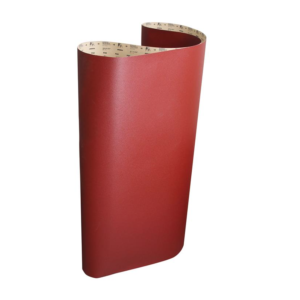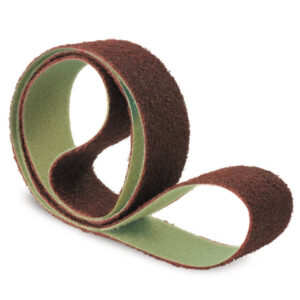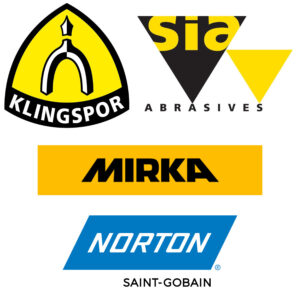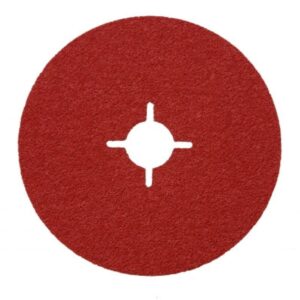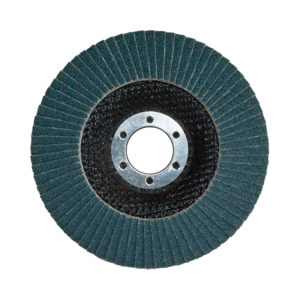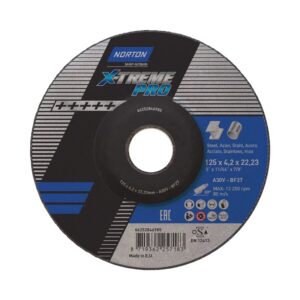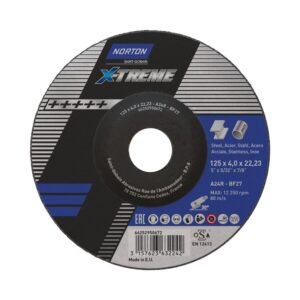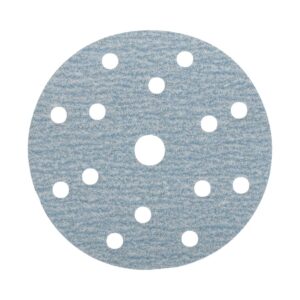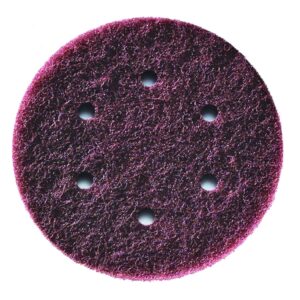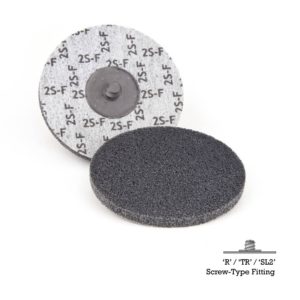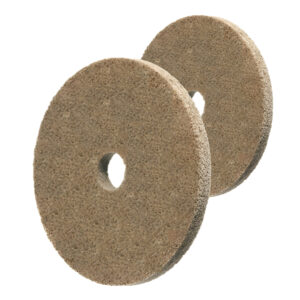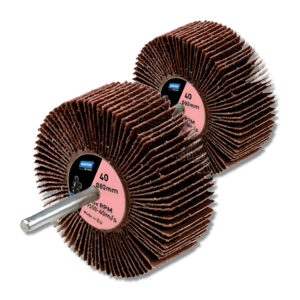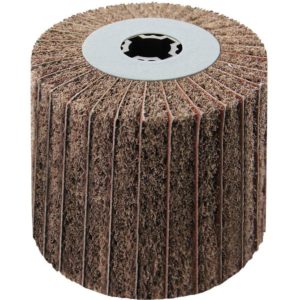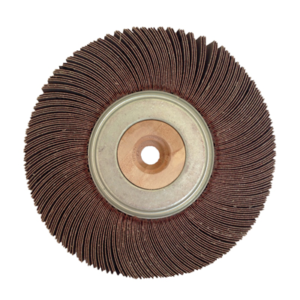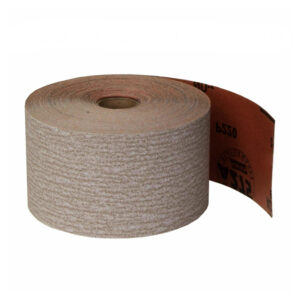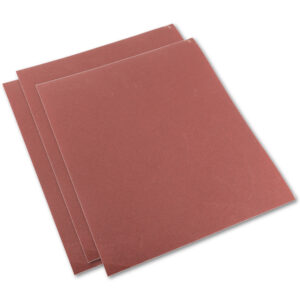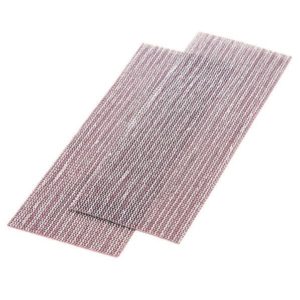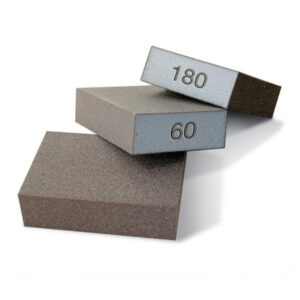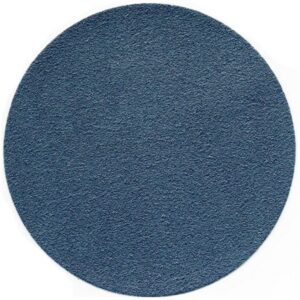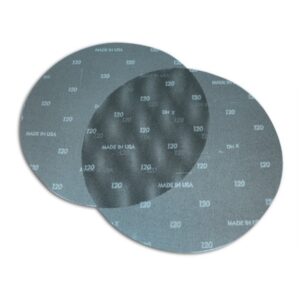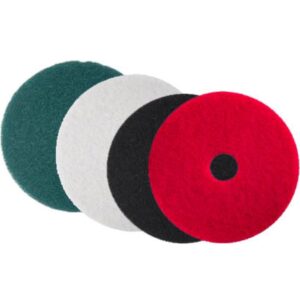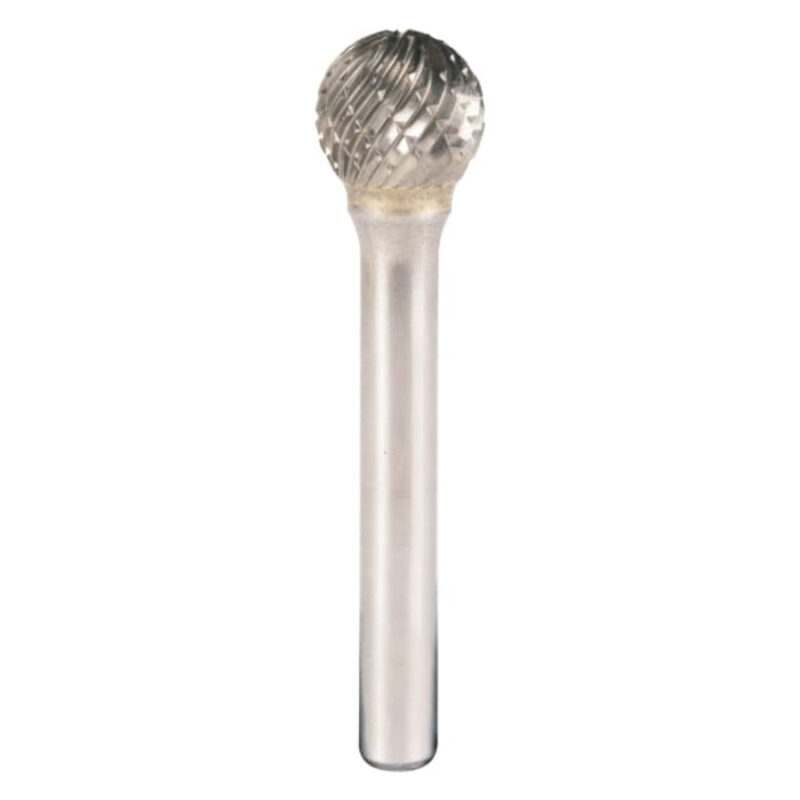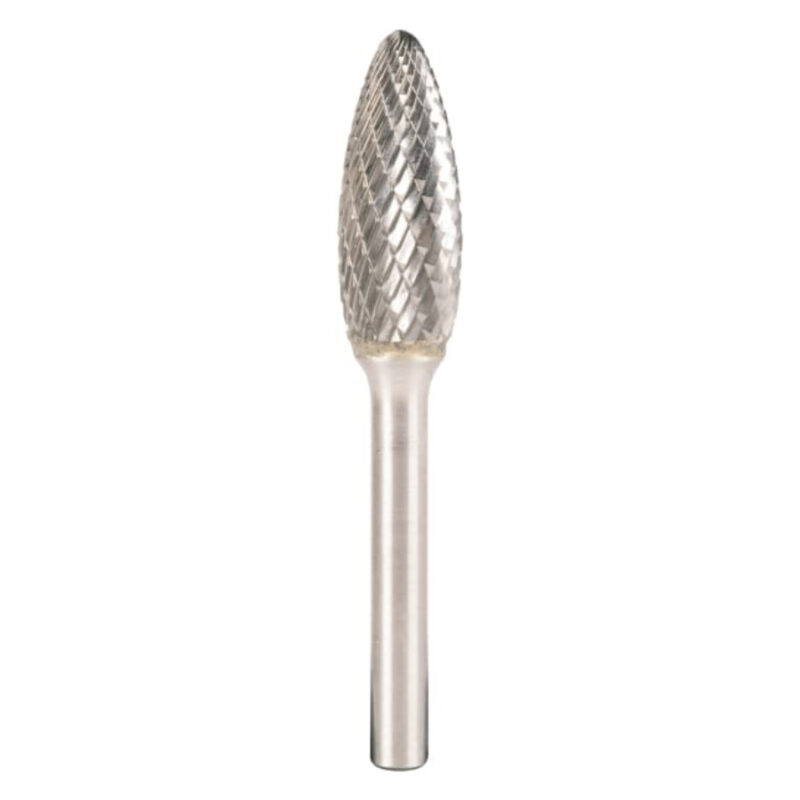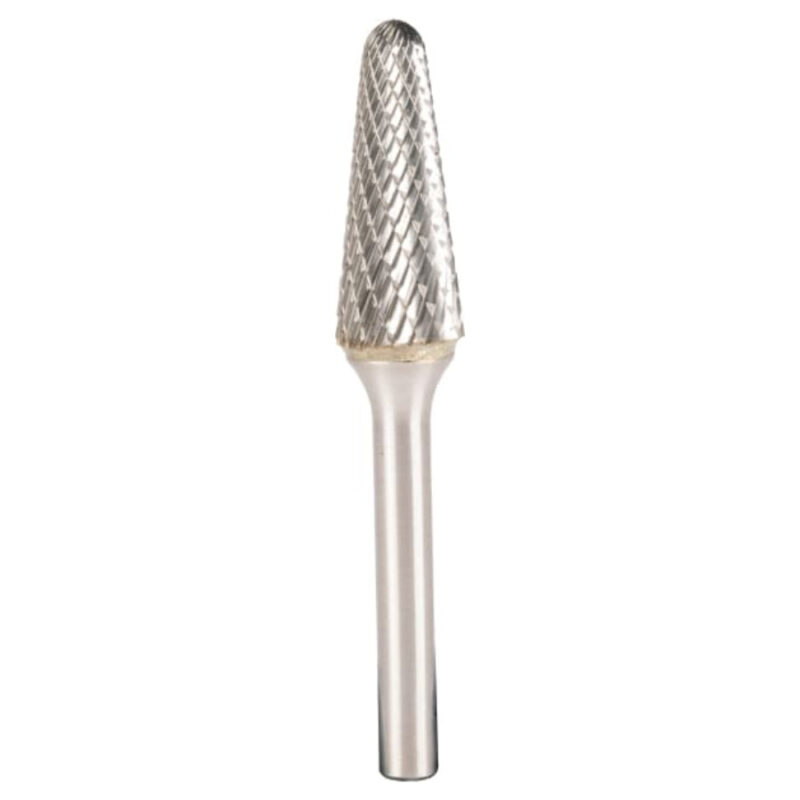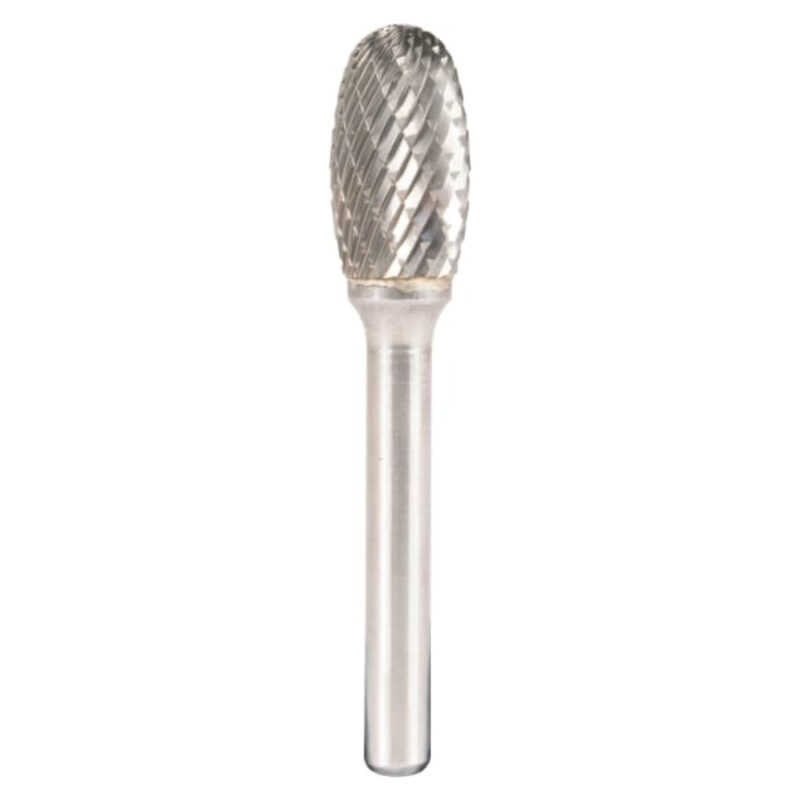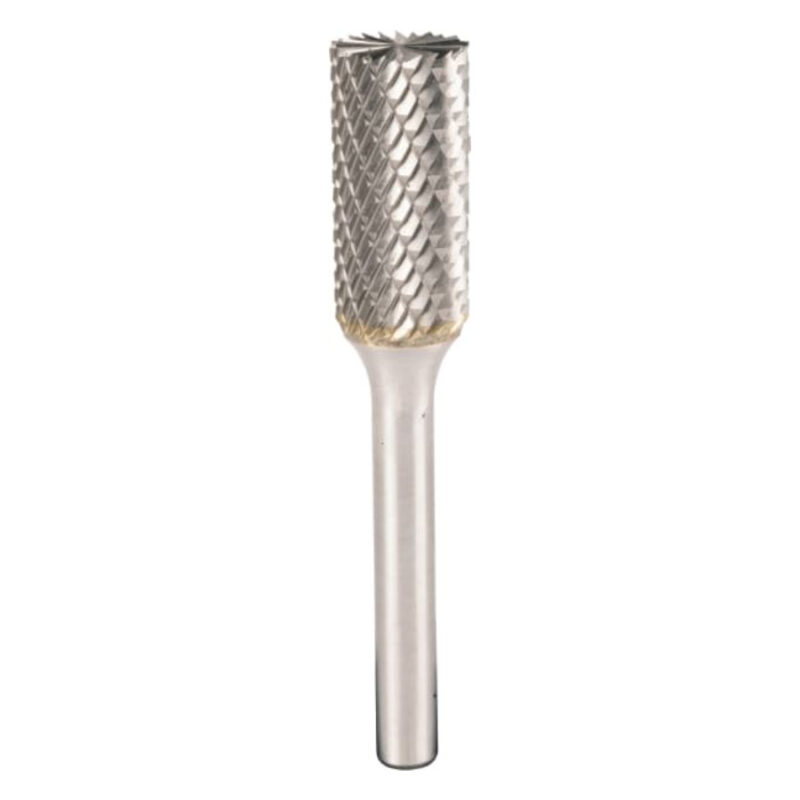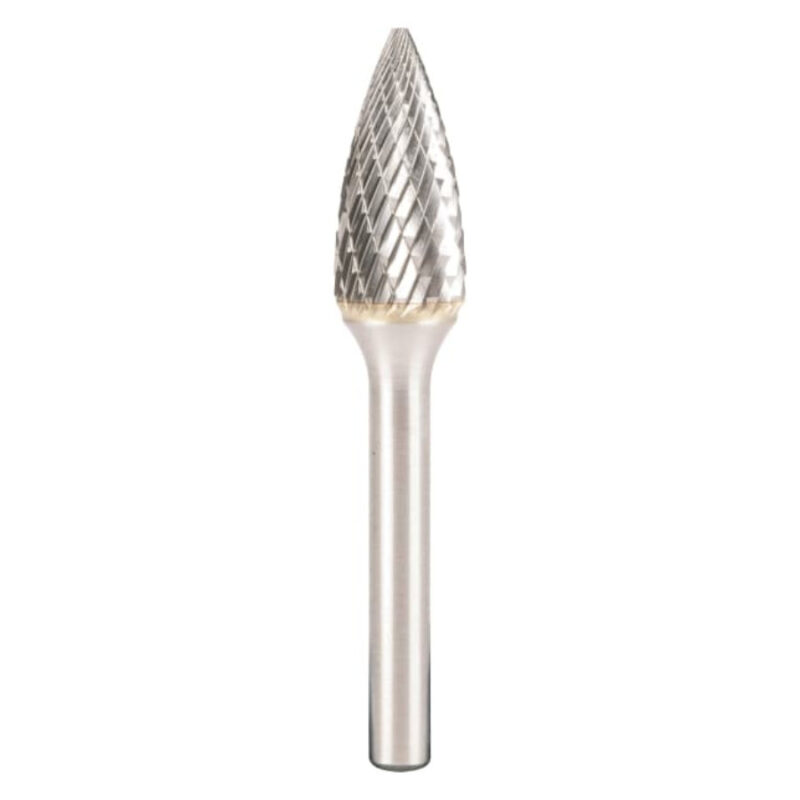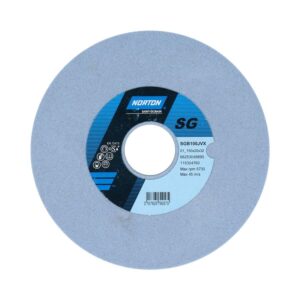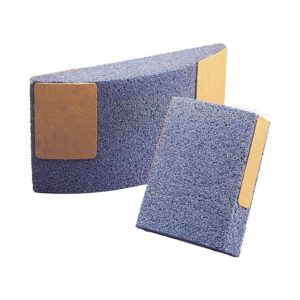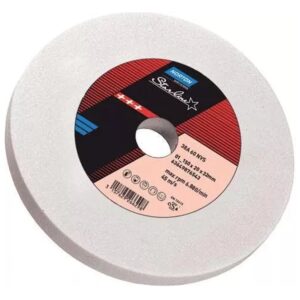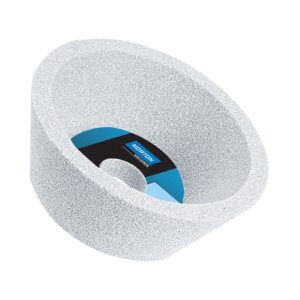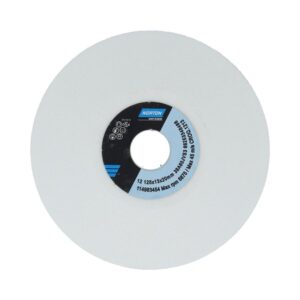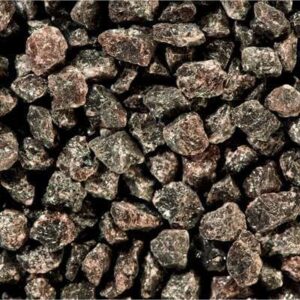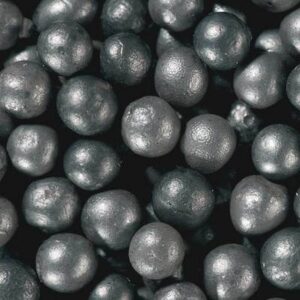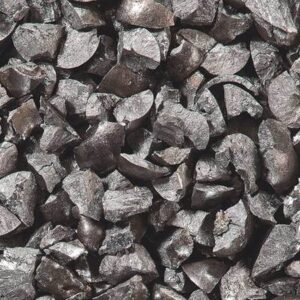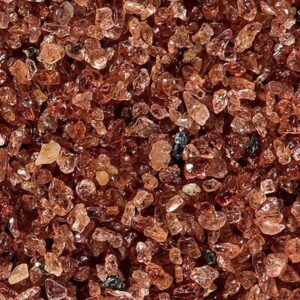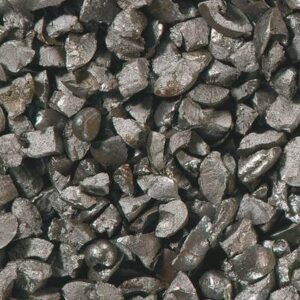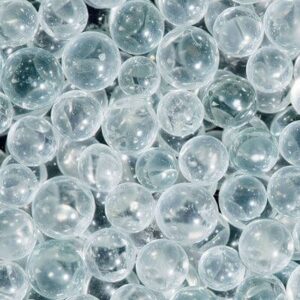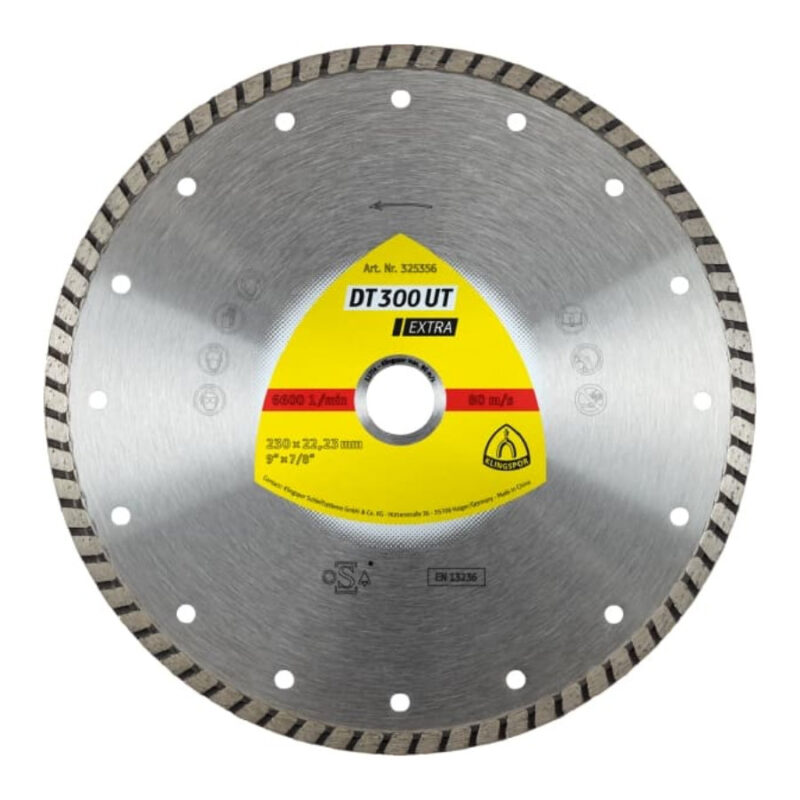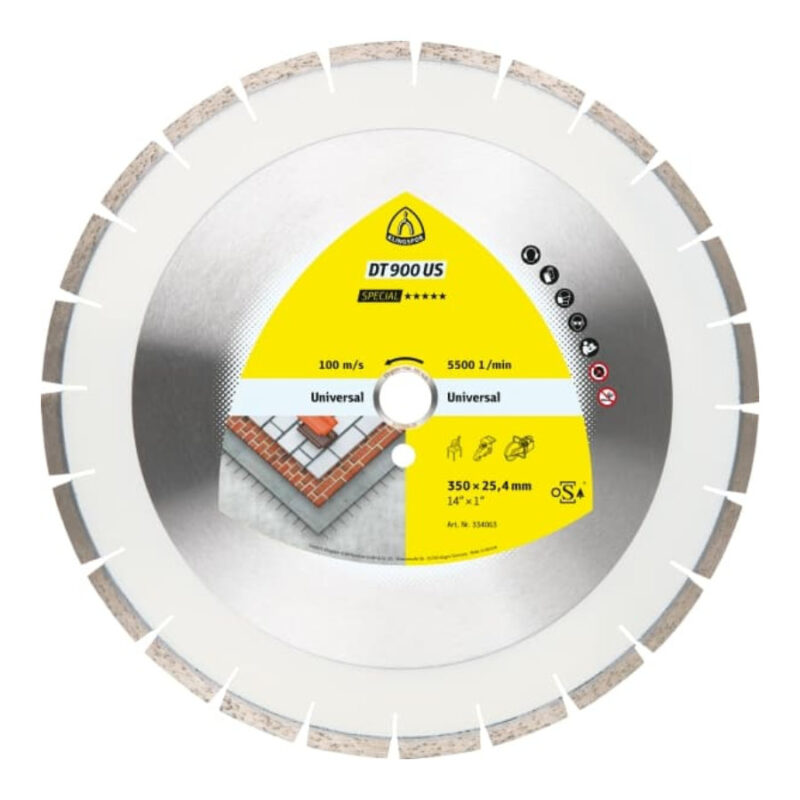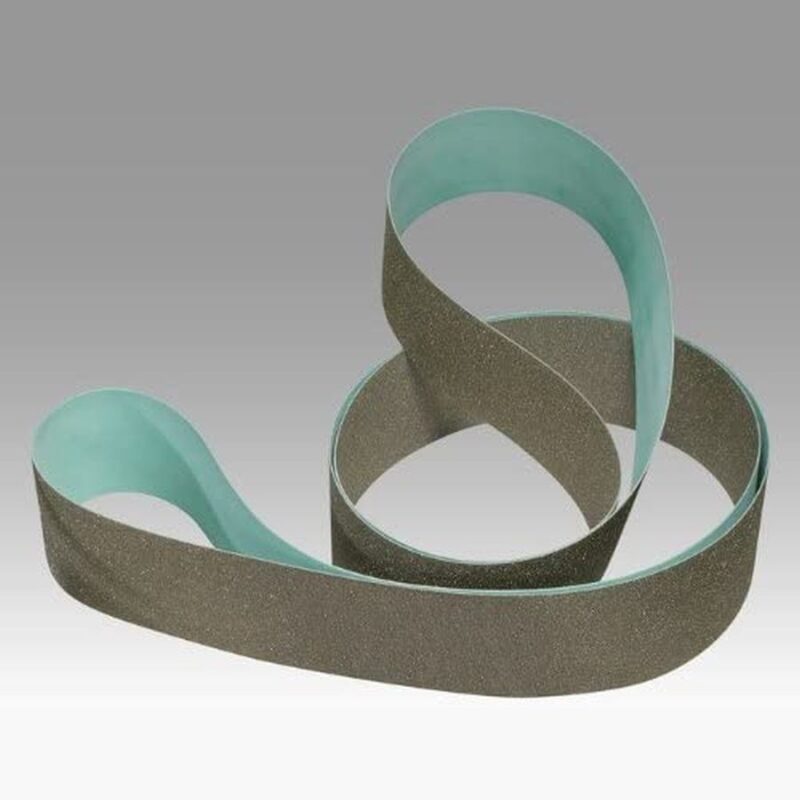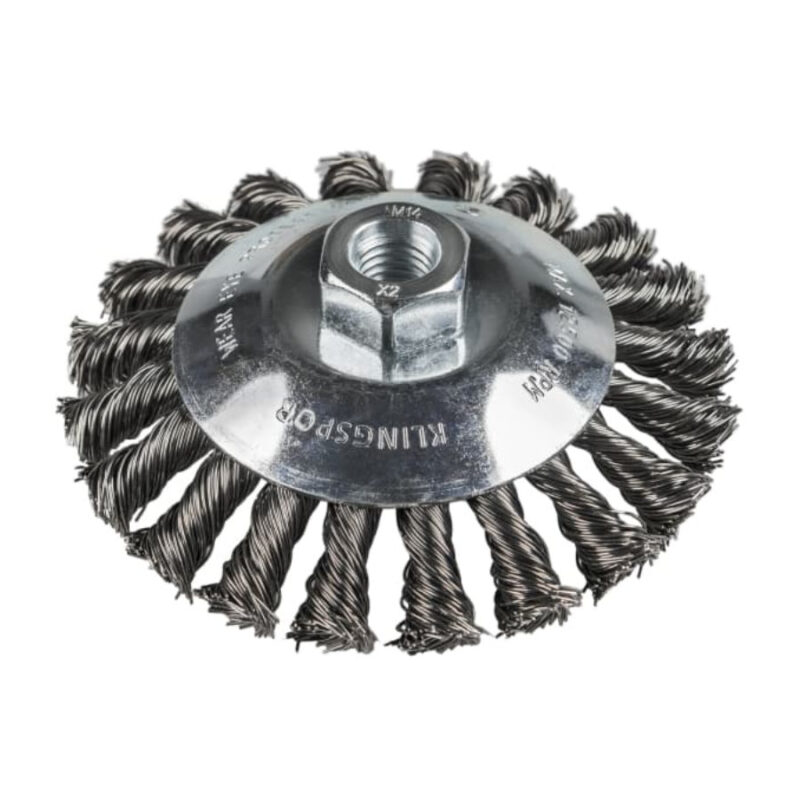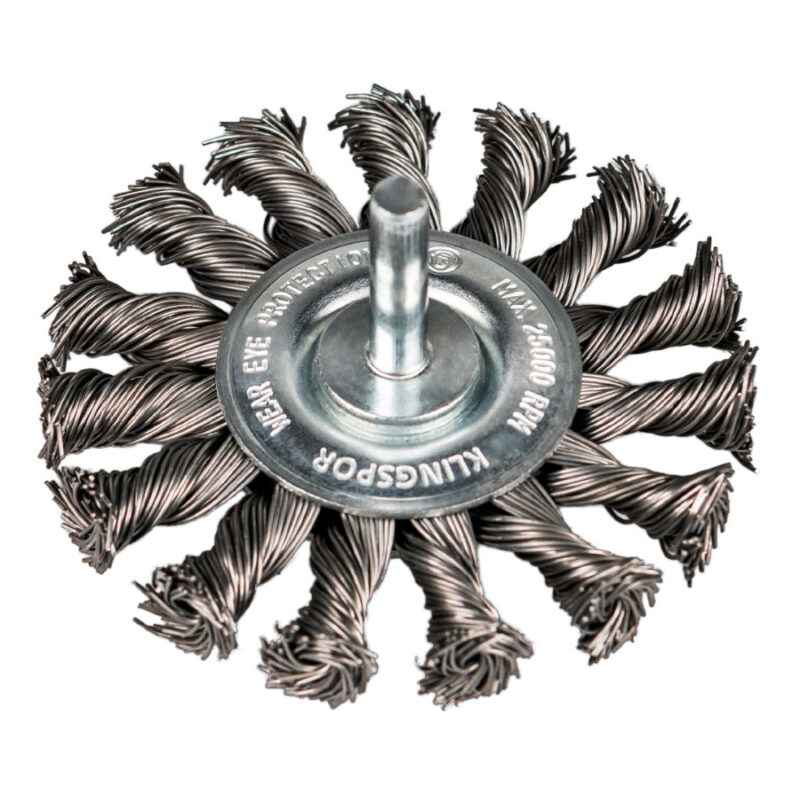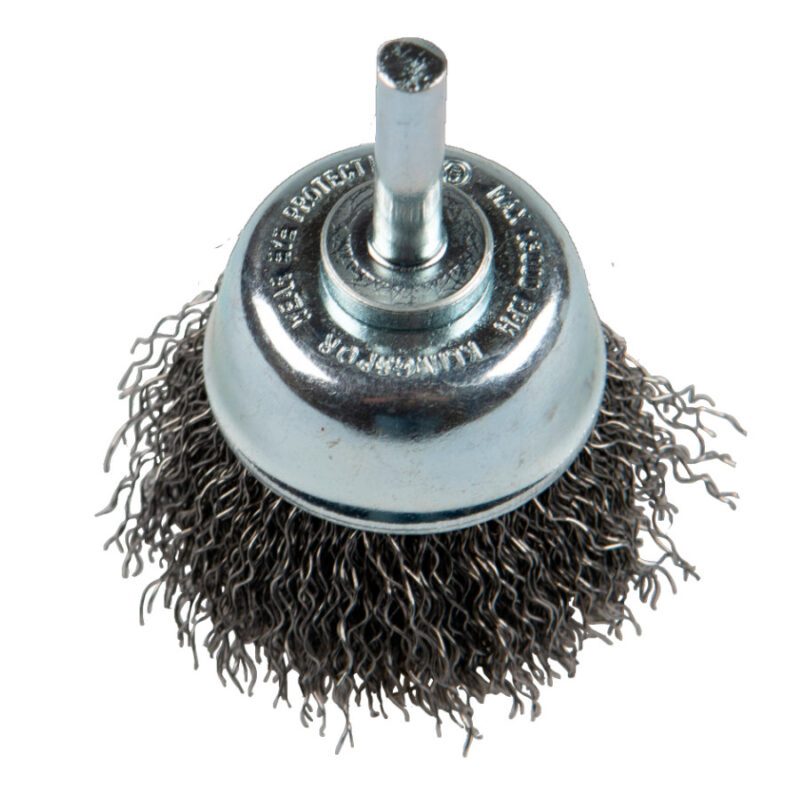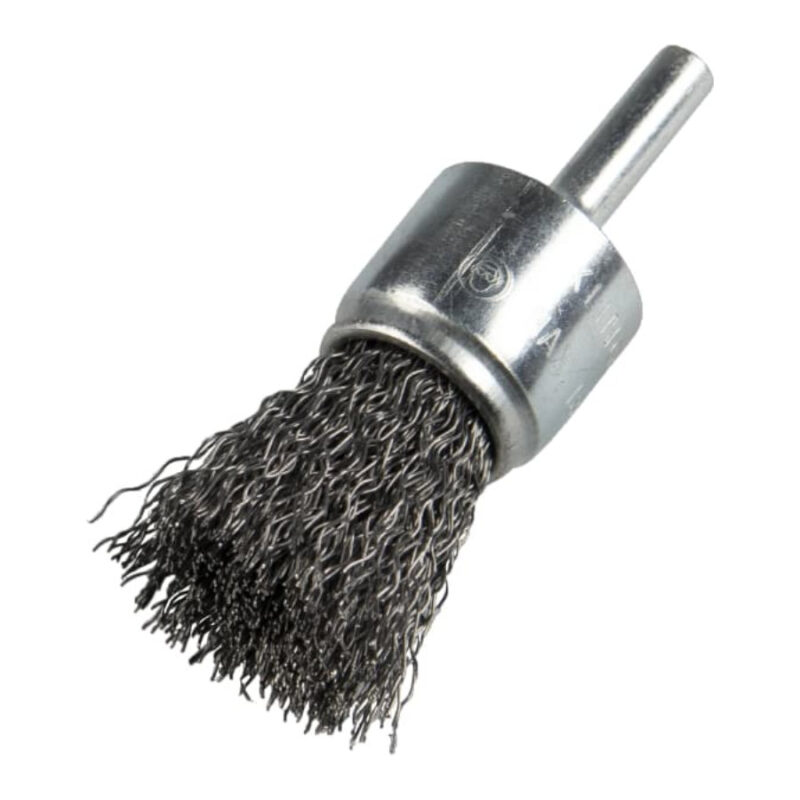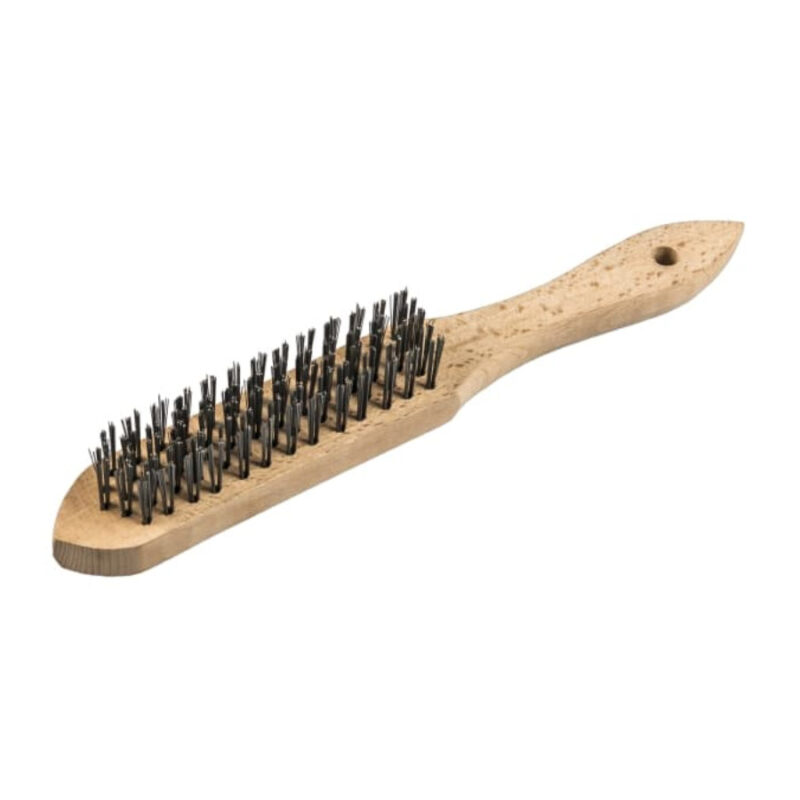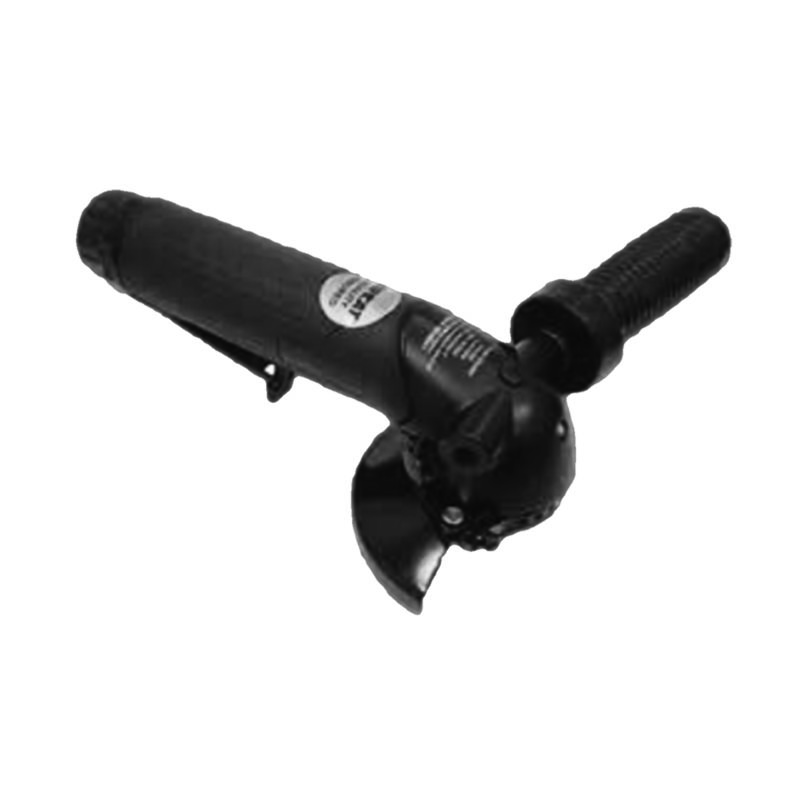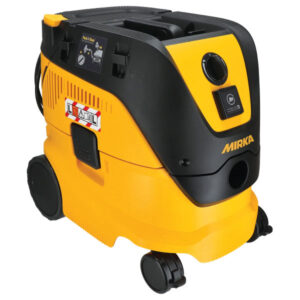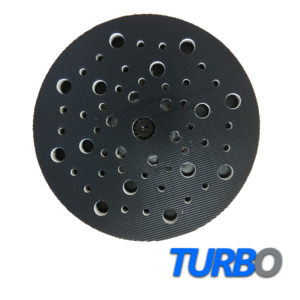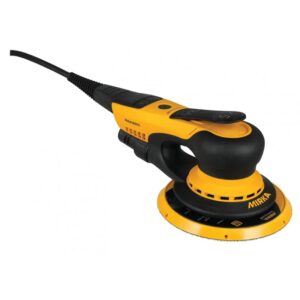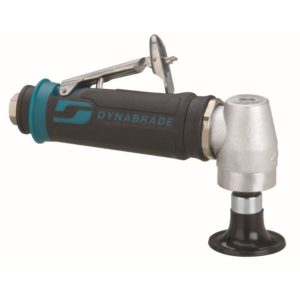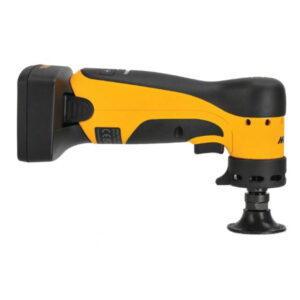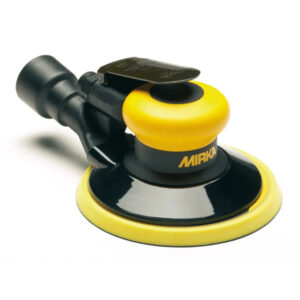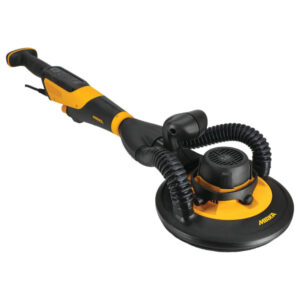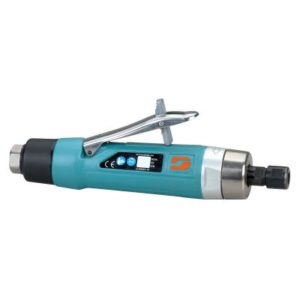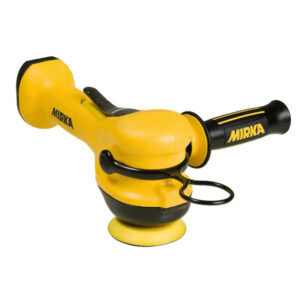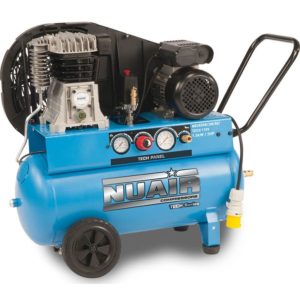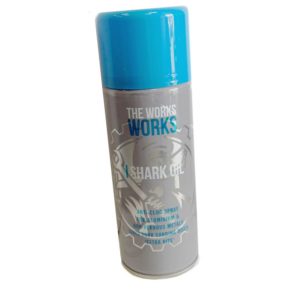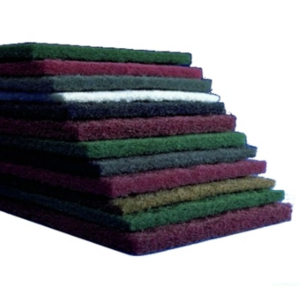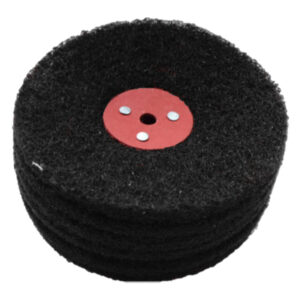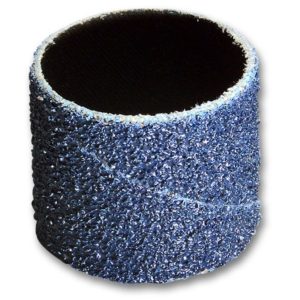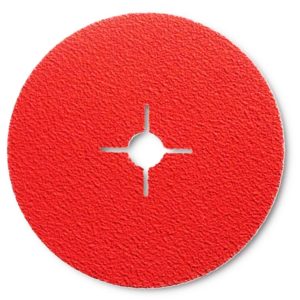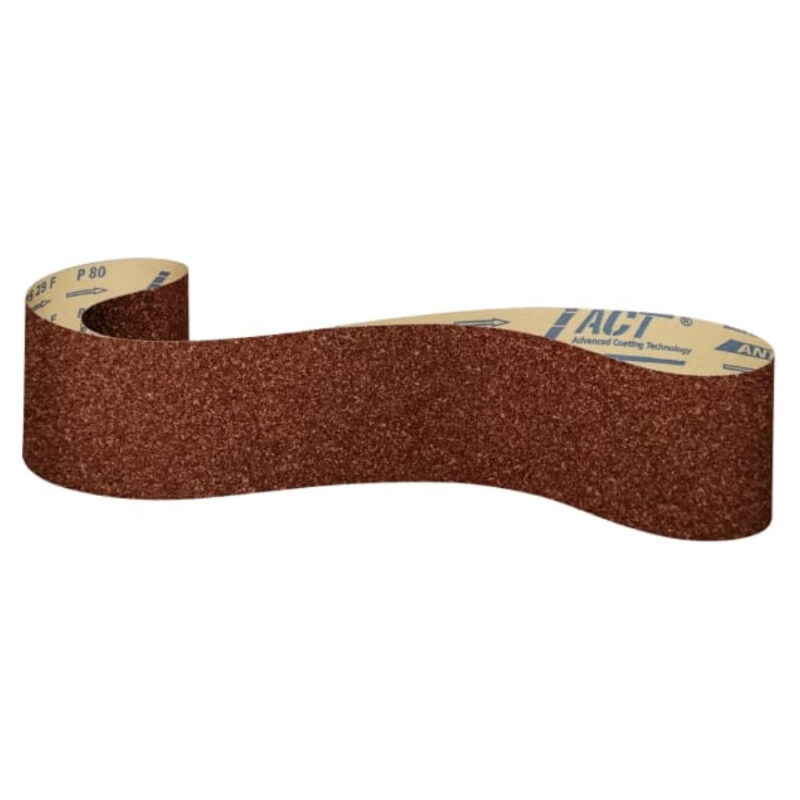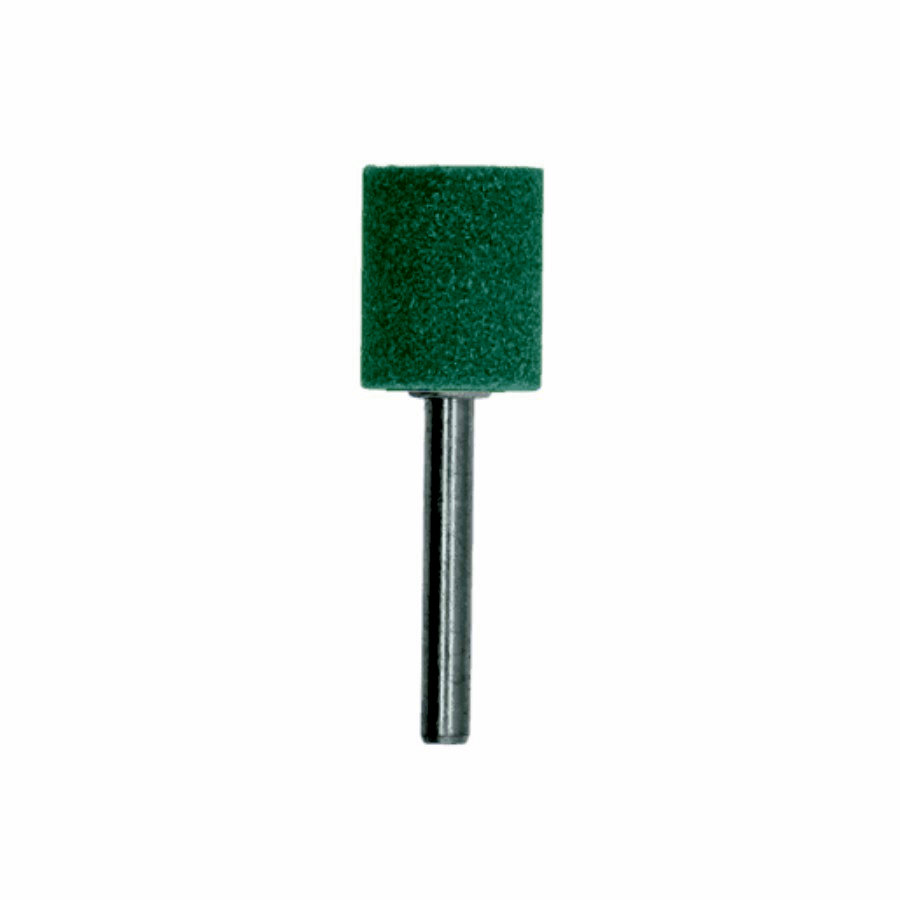Description
Why Choose A Mounted Point?
In many industries, grinding needs can be very specific. The work piece might be small, intricate, curved or the metal might not lend itself to other abrasive use. Mounted points excel where others can’t!
The high quality grain ensures a perfect surface finish with metallographic integrity. For small jobs or high volume foundry and casting operations, or for tool room or aerospace industry applications. To achieve the results you want from deburring or edge-breaking, the key is to choose the most suitable mounted point for your application.
Why Use A Norton 39C Green Silicon Carbide Vitrified Mounted Point?
Harder than standard aluminium oxide with a very sharp abrasive grain. It is a versatile material, recommended for grinding relatively soft non-ferrous metals such as aluminium, copper, brass or bronze, as well as cast iron.
• Highest purity green silicon carbide abrasive
• Good cut rate and finish on metal carbide & non-ferrous hard or heat sensitive materials
• Suitable for use on castings for heavy-duty edge grinding
• Very hard and durable with excellent edge-holding capability
• Low wear rate for long product life
What Shape/Grit Should I Use?
• Use A shapes for medium to heavy-duty blending.
• Use B shapes for light deburring and finishing/polishing.
• Use W shapes for offhand and precision grinding of medium to heavy stock.
• Use 36 grit and coarser for rough grinding.
• Use 60 and 90 grits for imparting fine finishes or when grinding on narrow surfaces.
Example Applications For Mounted Points
Jet Engine Turbine Blades – Aerospace
Propellers and jet engines are often finished and repaired on a regular basis using a particular family of abrasives known as mounted points.
The unique, highly intricate and often angular shaped metal used for aeroplane jet engine blades for example are an absolutely ideal application for mounted points due to the array of shapes and sizes available.
In addition, as they have to withstand the most intense heat and pressure within the jet engine, these turbine blades are generally made from an incredibly durable alloy composite containing nickel, titanium, and aluminium.
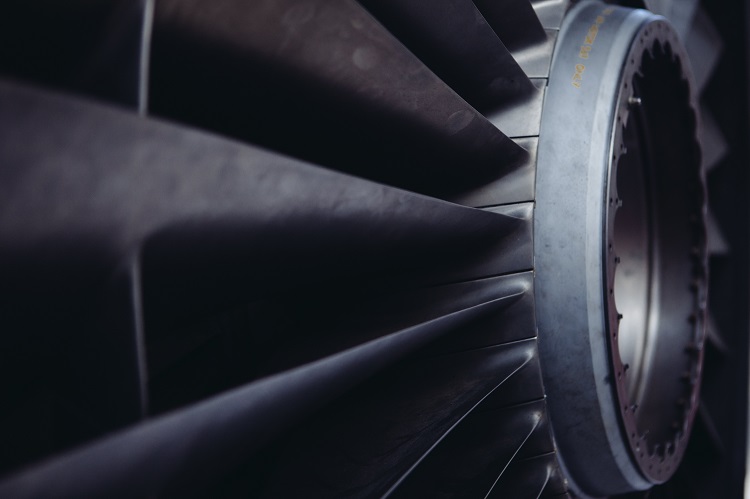
The applications don’t stop with the propulsion of the plane however, there are also a plethora of nozzles, pipes and guide vanes using mounted points as part of the manufacturing, finishing and repair process.
Dental and Medical Instruments
The instruments your dentist uses to poke, prod, and pick at your teeth might well have been ground and finished with a mounted point at some stage in its manufacture.
The same is true for medical equipment and surgical instruments. In fact, for some suppliers mounted points contribute a significant slice of the hand finishing element of their medical tool manufacture.
Everything from an orthopaedic hammer all the way up to highly complex workpiece such as metal hip replacements, the precision, accuracy and versatility that mounted points can offer for these kinds of applications, makes them perfect for the dental and medical markets.
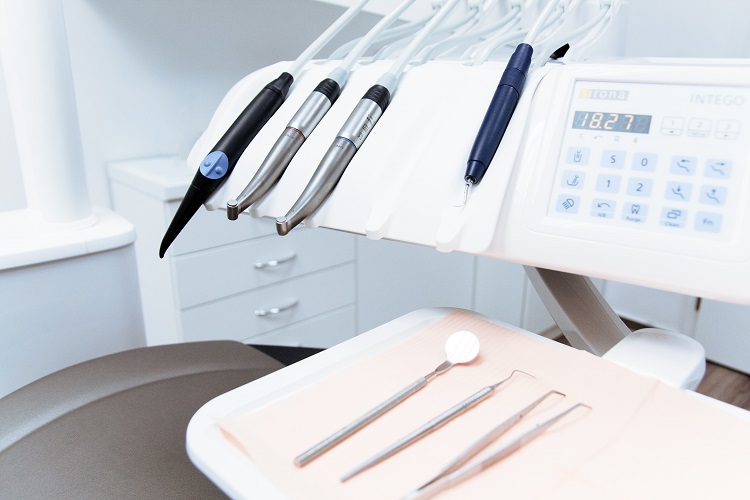
Tool Casts and Moulds
Sockets, wrenches and spanners – you probably wouldn’t give too much thought to the fact that the casts and moulds from whence those tools originally came and even some of the tools themselves, were likely maintained and finished (respectively) by abrasive mounted points.
As hundreds if not thousands of tools are plucked from their moulds on a daily basis in some factories, the casts themselves are prone to damage and misshaping.
Left unchecked, these imperfections are transferred directly to each tool; potentially compromising the structural integrity of the finished tool.
As these moulds are often intricately shaped, a precision abrasive such as a mounted point would usually be chosen to repair them.

